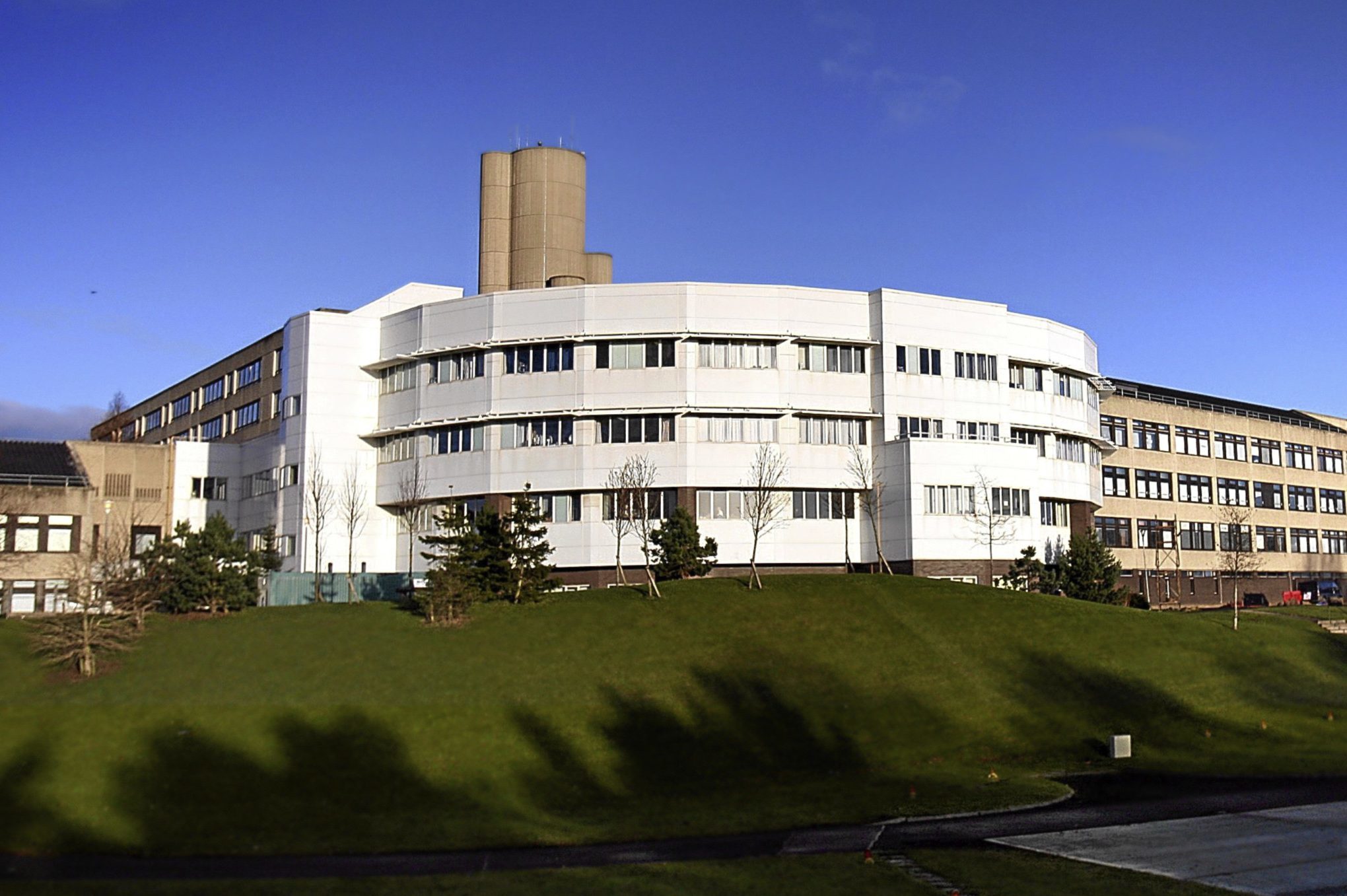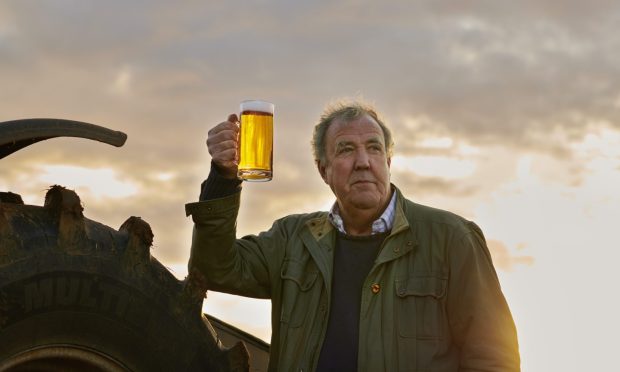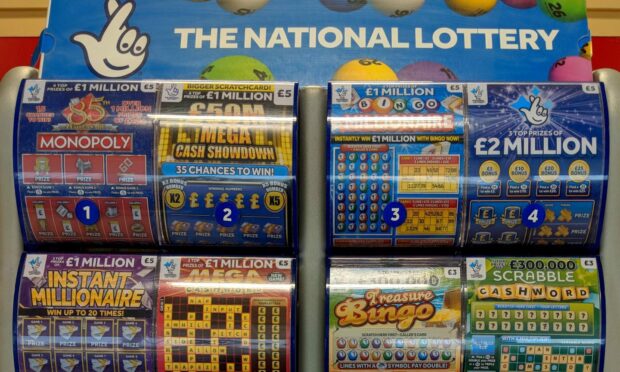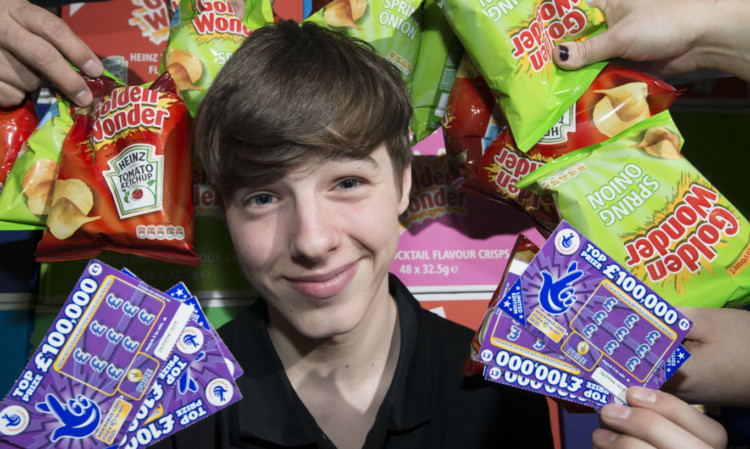Health bosses have apologised after a “confused” elderly woman left a Tayside hospital with a do not resuscitate document
Catriona Black found the “Do Not Attempt Cardiopulmonary Resuscitation” form, known as a DNR in the bag of her 88-year-old mother after she returned from a 12-night stay in Ninewells in Dundee.
The form means health professionals will not use CPR to try to restart the heart and breathing of a patient if it stops.
Catriona said her mother was disorientated and confused and has been worrying about the form since she was discharged.
Ms Black told BBC Scotland: “I just got such a shock.
“It was just overwhelming to discover there was something as major as that and no-one had heard.
Ms Black said: “I just don’t think that was the time or the place because I don’t think she was fully lucid at any point.
“You don’t ask somebody a question like that at a moment of weakness and say: ‘Tick the box’. That’s her. She’s a DNR, and then never discuss that again with them.”
NHS Tayside has apologised for how the document was found and is reviewing the circumstances.
Ms Black’s mother went to Dundee’s Ninewells Hospital on May 7 after she began to suffer hallucinations after a fall.
The family were not permitted to visit due to coronavirus, but two daughters spoke to their mum on the phone during her stay.
A DNR form is kept with a patient’s health records to be used when doctors decide that CPR will not work.
NHS Scotland guidance says there are scenarios where trying to restart the heart and breathing may do more harm than good.
Doctors make the final decision, but they should listen to a patient’s opinion.
The Courier first revealed concerns over DNR forms in April when an 86-year-old woman with memory problems was sent a completed form after a phone call with her GP.
It prompted fears that doctors were prioritising younger patients for coronavirus treatment.
Last week charity Age Scotland said older people are being pressured to sign the forms, despite repeated statements from First Minister Nicola Sturgeon that this should not be happening.
The charity’s head of policy, Adam Stachura, said there are cases of DNR forms being “slipped into discharge notes” from hospital and administrative staff calling dementia patients about the agreements.
Although he said the Scottish Government has been trying to “stamp it out”, Mr Stachura said people are suffering “fear and anxiety that a virus is spreading and they will be left behind as everyone else is looked after”.
NHS Tayside said it would carry out “an immediate review” into the circumstances of the DNR given to Ms Black’s mother.
A spokesperson for the health board said: “We have spoken with the family and apologised for any distress caused to them from finding the ‘Do Not Resuscitate’ form amongst her belongings.
“We are very sorry for the upset this has caused and we have offered to meet with the family so that they have the opportunity to discuss their concerns and ask any questions.”










